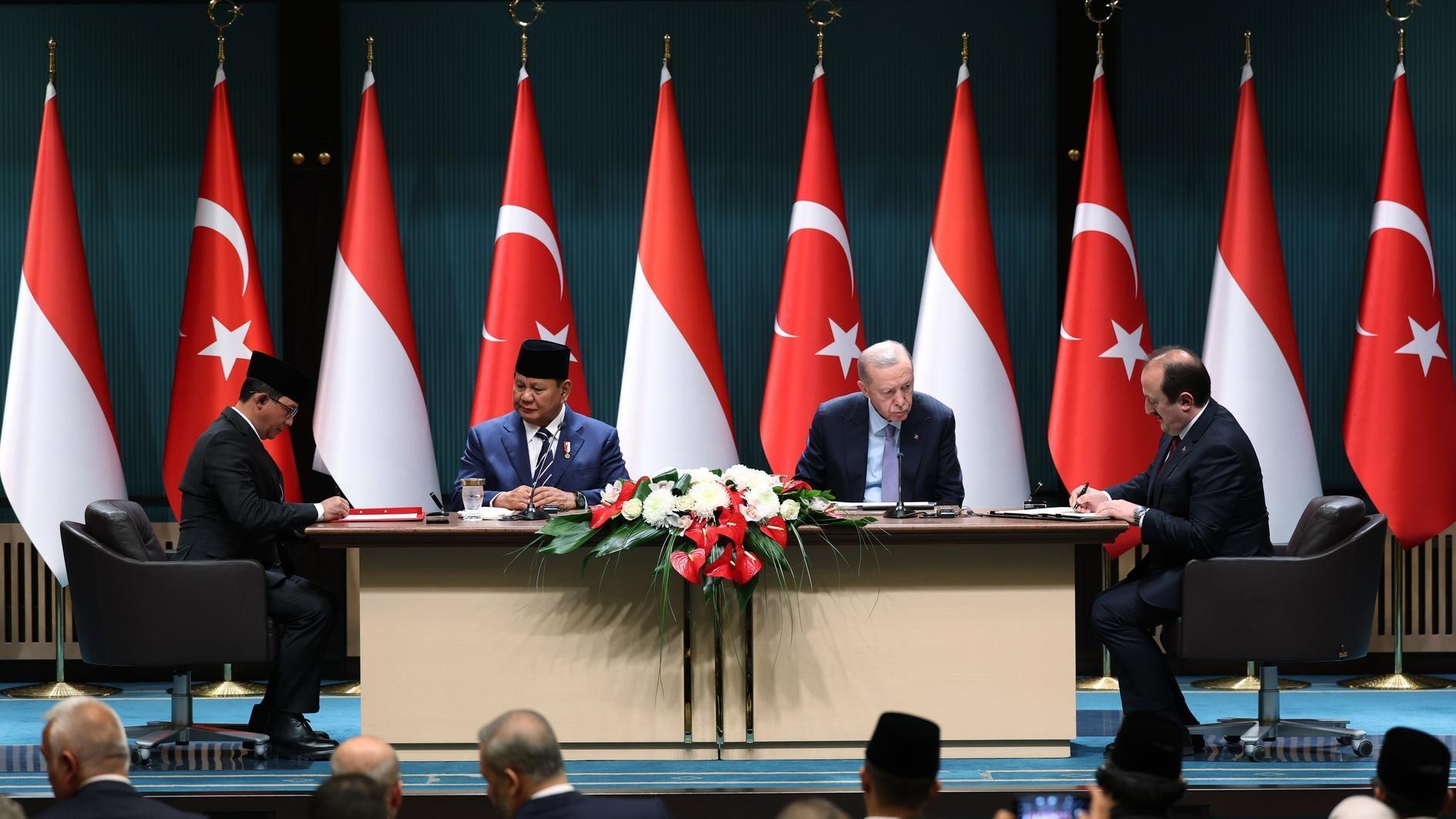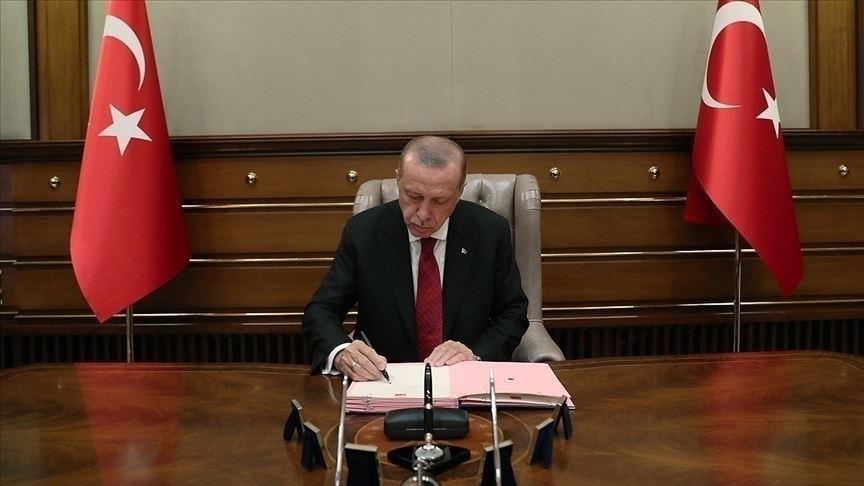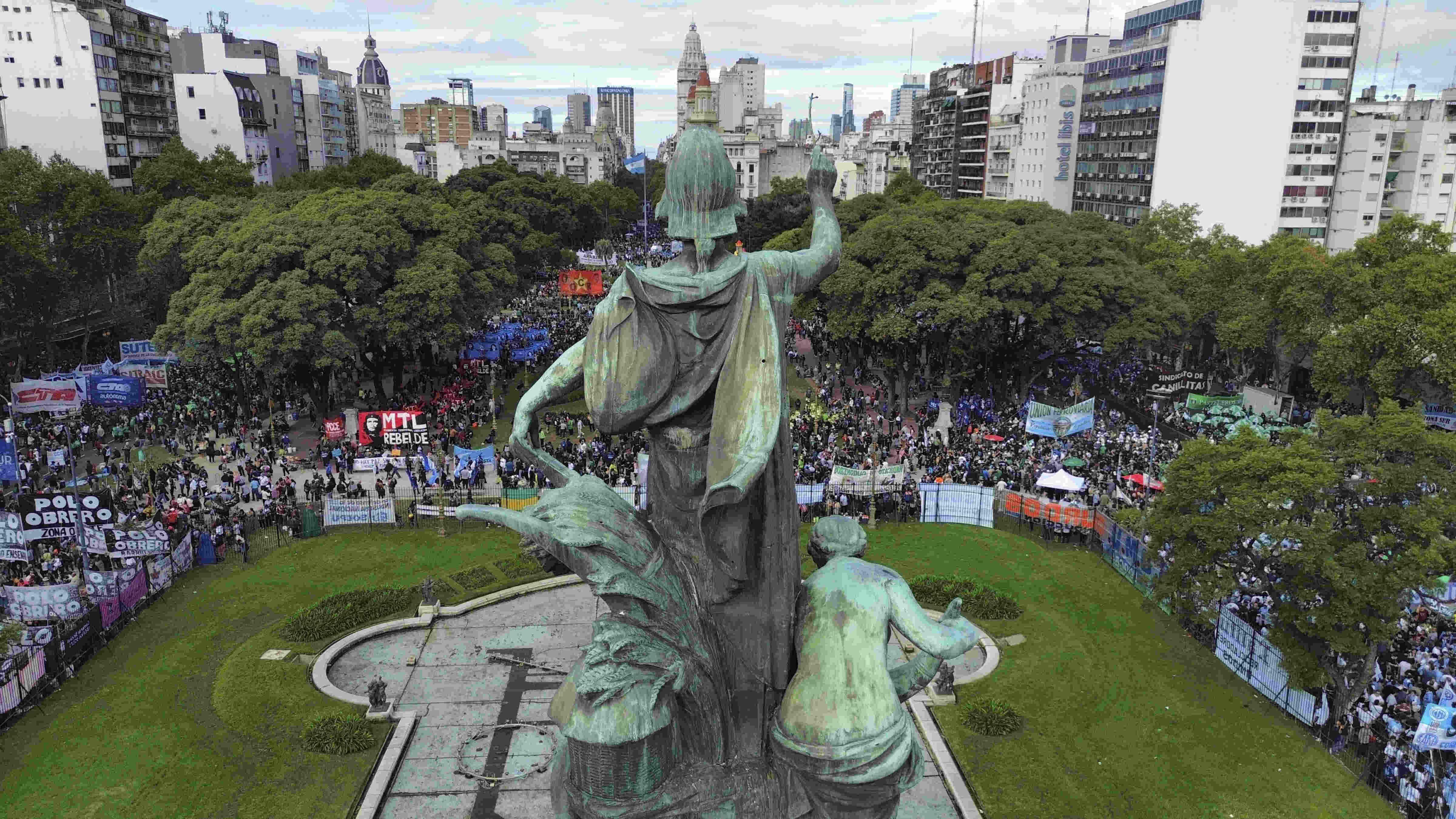Medicine under the Ottomans
NIKI GAMM

A visit to the dentist.
Medicine in the Islamic world can trace its roots back to the Greeks and such famous physicians as Hippocrates, Galen and Discorides. To this was added medicine as practiced in Persia, India and Byzantium. “The result was the creation of an extensive field embracing nearly every branch of the medical sciences, some 14 centuries of history and a vast geographical area stretching from southern Spain to Bengal, for in this particular field nearly all the regions of the Islamic world made some contributions.” (Seyyed Hossein Nasr, “Islamic Science”)Medicine was generally taught in medreses along with the Qur’an and the shariyah and often the medreses had hospitals attached where practical lessons were taught. Sometimes there were separate medical schools that also had hospitals that included pharmacological studies and surgery.
Nasr notes that some of the leading philosophers in Islam such as al-Kindi, Ubn Sina, Ibn Rushd and al-Razi were also physicians. Since philosophers by tradition didn’t charge for their lessons – it was beneath them - they earned their living as doctors.
Nasr writes, “Supported usually by religious endowment (waqf) and also by help from living persons or the state, the hospital became a major scientific institution in the Islamic world. It developed into various types, ranging from general hospitals catering for all kinds of diseases to those specializing in the treatment or lepers or the insane or even animals. The teaching and the practice of Islamic medicine is inseparable from the institution of the hospital which at its height in fact contained, in addition to wards, major libraries, lecture halls and other facilities necessary for the training of medical students.”
The first hospital is supposed to have been built by al-Walid I, an Umayyad caliph who ruled from 705 to 715; however, it is Harun al-Rashid (r. 786-809), who had the first real hospital built in Bagdad. Although hospitals were established over the centuries in other cities such as Rayy and Damascus, the one in Bagdad remained by far the most famous. Later hospitals were built in Aleppo, Cairo and elsewhere in the Islamic world.
 Medicine among the Ottomans
Medicine among the OttomansUnder Ottoman rule, the first hospital was built by Yıldırım Bayezid in Bursa when that city served as the capital of the expanding Ottoman state in the 14th century. Although the model for the hospital was taken from the Seljuks, the sultan brought in an Egyptian doctor to serve as the chief physician.
The second hospital however had to wait until Fatih Sultan Mehmed had built his mosque and accompanying mosque complex in the 15th century. Again the sultan turned to foreigners although in this case for his private physicians he employed an Iranian named Kutbeddin and a convert, Yakub Paşa. Although Prof. Dr. Ekmeleddin İhsanoğlu suggests in his “History of the Ottoman State, Society & Civilisation” that this may have shown a lack of expert doctors among the Ottomans at this time, it is more than likely that the sultan felt safer hiring physicians who most likely would not have an attachment to any of the people around him who could constitute a threat.
Şerefeddin Sabuncuoğlu (1385-1470) was an Ottoman physician in Amasya, a small city in central Anatolia and the author of a book on surgery entitled “Cerrahiyyetü’l-Haniyye” (Imperial Surgery).
Amasya at this time served as one of the cities to which the sultans sent their young sons to learn how to govern. As the site of a minor court, culture and art were emphasized and it served as a magnet for men hoping for future advancement if the young princeling should become sultan. Sabuncuoğlu worked for 14 years in the Amasya Hospital. His book is well illustrated with colorful miniature paintings of different kinds of surgeries. But most importantly it shows a number of women performing surgeries long before women were allowed to practice medicine in the West. G. Bademci in a 2006 article in “Neurocirugía” has stressed how much this differed in the so-called Dark Ages even though women worked as physicians during the Roman Empire. However, we aren’t told whether this was something particular to Amasya at this time or if it was prevalent throughout Anatolia. And if so, how did these women obtain their training?
The first Ottoman medrese that was entirely devoted to the science of medicine was the one built as part of the Süleymaniye Mosque complex constructed in the middle of the 16th century. The medrese is where for many years a women’s clinic has existed across from the mosque. Previously, medical training had been carried out in the hospitals that were attached to mosque complexes but now it had a special separate status of its own. The staff at the medrese consisted of 11 people and there were eight students. İhsanoğlu points out, however, that we don’t know what lessons were taught there with the exception of anatomy but it is assumed that these were theoretical classes. Courses were held four days a week, two days would possibly serve as practice days in the hospital and one day would be free. Graduates would then be qualified for teaching positions or judgeships if they didn’t wish to practice medicine. It’s assumed that this medrese continued to teach medicine until the middle of the 19th century.
Modern medical school
In 1806, the first modern medical school was opened in the Imperial Shipyards to turn out physicians and surgeons for the Ottoman navy. According to İhsanoğlu, the fundamental goals were “the diffusion of medical education throughout the empire and an increase in the numbers of doctors of Ottoman citizenship.” Classes were to be taught in Italian or French and books and equipment brought from Europe to furnish the school. However, the school only lasted for two years before its patron, Sultan Selim III was deposed.
Twenty-one years later, a new medical school was established in Istanbul. Instructors at the Imperial Medical School (Tıbhane-i Amire) had to be Muslim or of a foreign nationality and all the students had to be Muslim. Lessons, however, were given in Italian at first and then French. This changed over time.
Non-Muslims were admitted and courses were divided between those who spoke French and those who didn’t. A number of further changes were instituted, eventually leading to the establishment of the Istanbul University Faculty of Medicine, which in turn gave birth to all the other medical faculties in Turkey.
















